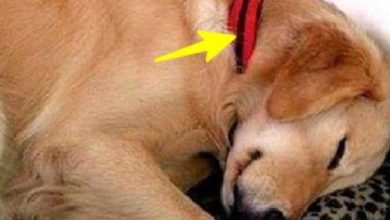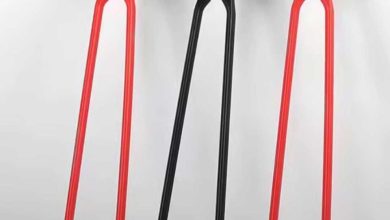I need to know the proper way!

Thawing Meat: A Delicate Dance Between Tradition and Modern Safety
ADVERTISEMENT
Thawing frozen meat is a quintessential kitchen ritual that has long sparked spirited discussions within households. Generational wisdom often collides with contemporary food safety principles, creating a vibrant debate around the most prudent approach. Among these age-old practices is the hot water thawing method—a technique cherished by some yet fraught with potential hazards.
ADVERTISEMENT
Perils of Thawing Meat in Heated Water
Although thawing meat in warm water appears expedient, it ushers in a host of safety concerns. The foremost risk lies in swiftly propelling the meat’s exterior into the “danger zone” (40°F to 140°F), a temperature spectrum notorious for fostering rapid bacterial proliferation. Even with thorough cooking, the potential for foodborne maladies lingers. Grasping these risks is paramount for cultivating a safe culinary environment.
ADVERTISEMENT
Heritage Methods: A Window Into Familial Customs
Innumerable families uphold distinctive thawing techniques, often passed down as cherished culinary lore. Such traditions, steeped in sentimental value, can be challenging to question. For many, defrosting meat with warm water is a practice rooted in perceived reliability—years of use seemingly unblemished by mishaps. Understanding these generational habits provides a lens into their enduring popularity despite modern admonitions.
Scientific Insights: The Flaws of Warm Water Thawing
From a scientific vantage point, employing warm water for defrosting is ill-advised due to its propensity for uneven temperature shifts. The outer surfaces may thaw to bacterial-friendly warmth while the core remains stubbornly frozen. Authorities like the USDA unequivocally caution against this method, citing its detrimental impact on both food safety and quality.
Optimal Defrosting Strategies: Expert-Backed Methods
Experts advocate for two reliable thawing techniques: refrigerator thawing and cold water immersion. Refrigeration offers a controlled environment, keeping the meat at safe temperatures as it defrosts, albeit requiring foresight and patience. Alternatively, cold water thawing—where the meat is sealed in a watertight bag and submerged in cold water with periodic water changes—delivers a faster yet equally secure option. Both methods adeptly sidestep the perils of the “danger zone.”
Juxtaposing Cold Water and Refrigerator Thawing
Each method boasts distinct advantages. Refrigerator thawing, the gold standard for safety, is a slow yet worry-free approach. In contrast, cold water thawing provides a speedier alternative for those pressed for time, provided diligent attention is given to maintaining water temperature. Evaluating these methods equips individuals with the knowledge to select the most suitable approach for their needs.
Dispelling Misunderstandings Around Meat Thawing
Widespread myths often perpetuate unsafe thawing behaviors. A prevalent belief is that cooking obliterates all bacteria, rendering thawing methods inconsequential—a dangerous oversimplification, as some bacteria emit heat-resistant toxins. Another misconception champions speed above safety, overlooking the criticality of consistent, safe temperatures. Dispelling these fallacies is essential to fostering informed and secure culinary habits.
Navigating Food Safety Conversations With Loved Ones
Discussing food safety practices with family members entrenched in tradition requires finesse. Respectful communication, paired with evidence from reputable organizations like the USDA, can help bridge the divide between ancestral customs and modern precautions. Framing such conversations around collective well-being and encouraging compromise fosters a harmonious and health-conscious kitchen dynamic.
In the delicate balance between heritage and science, embracing informed choices can ensure cherished traditions coexist with the highest standards of safety.




